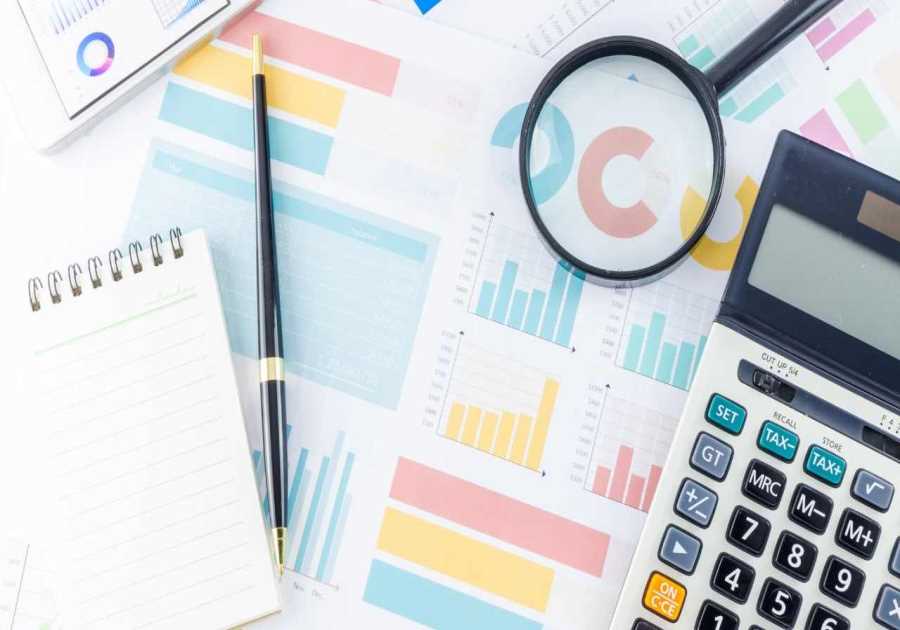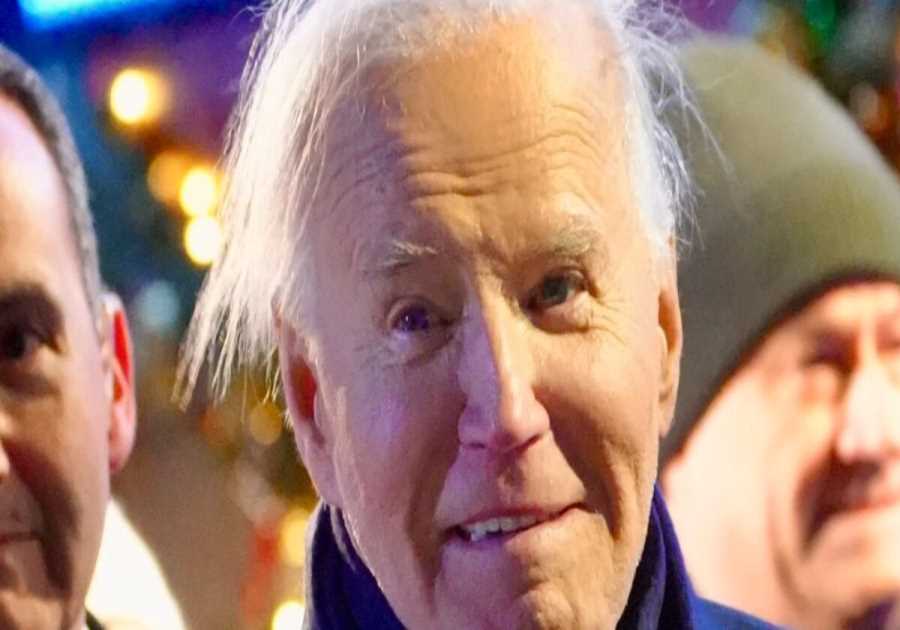
Michael Dunning / Getty Images
- Australia's superannuation system mandates employer-funded retirement contributions.
- US retirement plans, by contrast, depend on employee contributions to accounts like 401(k)s.
- If the US adopted Australia's retirement model, it could impact wage levels.
For many around the world, retirement can be a mixed bag.
Australian retirees rate their retirement happiness at 70 out of 100, according to a survey of 1,000 Australians over 60 in February by the independent researcher YouGov and investment management company Challenger Limited. Money was ranked behind good physical health as the key to a happy retirement.
Meanwhile, the US retirement system has become anxiety-inducing for many, as older adults struggle to make ends meet. More than half of Americans over the age of 65 are earning under $30,000 a year, according to a report from Sen. Bernie Sanders published in March and based on National Retirement Risk Index data.
In the US, retirement accounts are a company benefit that employees can choose to contribute some of their paychecks to throughout their careers. Australia, however, requires that employers make regular contributions to a retirement fund for each employee — a system called superannuation.
Catherine Reilly, a fellow at the financial research firm TIAA Institute and a non-resident scholar at Georgetown University's Center for Retirement Initiatives, said Australia's system makes sure all adults have a retirement fund.
"Everybody is put into a plan," she said. "Whereas in the US, you only get put into a plan if you'd work for an employer that offers it."
Seventy-one percent of nonretired Americans said they are at least moderately worried about being able to fund their retirement, according to a Gallup poll of 1,013 US adults in April 2023.
Reilly said there are structural differences in how America and Australia handle savings for older adults. And while it may be tough to implement Australia's system halfway around the world — but the US could get close, she said.
Australian retirement system puts saving responsibility on employers, not employees
America's current retirement infrastructure includes two major categories: defined contribution plans and Social Security.
Defined contribution plans, which include 401(k) and IRA accounts allow employees to save and invest money that they make throughout their career, usually by depositing a percentage of their regular paycheck directly into the accounts.
Companies might also contribute to an employee's 401(k), but they are under no federal requirement to do so. The retirement accounts an employee has access to and what benefits they retain after they stop work all depend on what retirement package an individual company offers.
In a 2024 letter to investors, BlackRock CEO Larry Fink said the US retirement system puts undue pressure on employees to decide how much money to save and invest. With the rising cost of living in many US cities, it can be difficult for Americans to predict how much money they are going to need, an issue Fink called an "impossible math problem."
Social Security also comes into play when Americans retire, providing monthly government income benefits based on an individual's reported earnings. The federal insurance program is funded by taxes and provides income to retirees and workers with disabilities. Many retirees collect Social Security checks in addition to living off their 401(k) savings.
Traditional fixed-income pensions are no longer a common company benefit in the US, but are still offered by select government and public service jobs.
In Australia, however, companies are legally required to contribute 11% of an employee's monthly paycheck into their retirement account. This money can go into stocks, property, cash, or bonds — the employee has a choice. Employees can also contribute money, but much of the savings responsibility falls on their employer.
The employer contribution amount is set to increase to 12% next year.
Once they reach retirement age, which is between 55 and 60, depending on birth year, Australians can access the fund with their savings and investment earnings.
"It does level the playing field because everybody is put into a plan," Reilly said, adding that Australians have more choice in where and how their retirement money is saved.
As Reilly explained, superannuation also allows retirees to access their money all in one place.
This differs from the American system, where retirees' money is often held between a 401(k), other accounts, and outside investments. If an American employee works at multiple different companies during their career, Reilly said it can also complicate their retirement funds.
Additionally, Australian government age pensions aren't the same as Social Security. Retirees must meet a low enough asset criteria to access the age pension. Reilly said the more limited pension might be a disadvantage of the Australian system because many people's retirement is almost entirely dependent on their superannuation funds.
If the US adopted superannuation, it could impact employee salaries
Although the Australian government sets the terms for superannuation, it is managed by the private sector. Employers manage the retirement funds for their employees without much political oversight.
If America adopted superannuation, Reilly expects the system would work similarly — the federal government could establish what percentage of an employee's income employers need to contribute, but then companies could organize the retirement funds on their own.
She pointed to pooled-employer plans, a retirement fund strategy that is already being tried in the US, allowing multiple companies to contribute to a single retirement fund for an employee if that person chooses to work at different companies throughout their career. Some individual states, such as California and Colorado, also require that employees are automatically enrolled in some kind of retirement plan.
"In the US, the infrastructure for having the private sector manage these funds — that all exists already," Reilly said. "And I think that would be a sensible way to do things."
Still, Reilly cautioned that applying Australia's retirement system to the US could negatively affect employee wages. Because, for companies, it would be "very unpopular," she said.
When a company hires someone new, she said they consider the total cost of employing that person. This includes salary, bonuses, and benefits. If US employers become legally required to contribute to retirement funds, Reilly said companies may lower their employees' salaries to offset this new cost.
Still, a system like superannuation could help ensure a retirement fund for the 56 million private sector employees who don't have retirement benefits through their employer, The Pew Charitable Trust reported in January.
Are you an American or an Australian thinking about retirement? Are you open to sharing details about how much you have saved and your savings strategy? Reach out to this reporter at [email protected].
Read More
By: [email protected] (Allie Kelly)
Title: What's so great about Australia's retirement plan — and what it means for America
Sourced From: www.businessinsider.com/how-make-us-retirement-system-better-australia-superannuation-benefits-2024-4
Published Date: Tue, 16 Apr 2024 10:03:01 +0000
Did you miss our previous article...
https://trendinginbusiness.business/politcal/bitcoin-is-about-to-undergo-another-halving-event-heres-why-that-could-send-its-price-soaring
.png)





